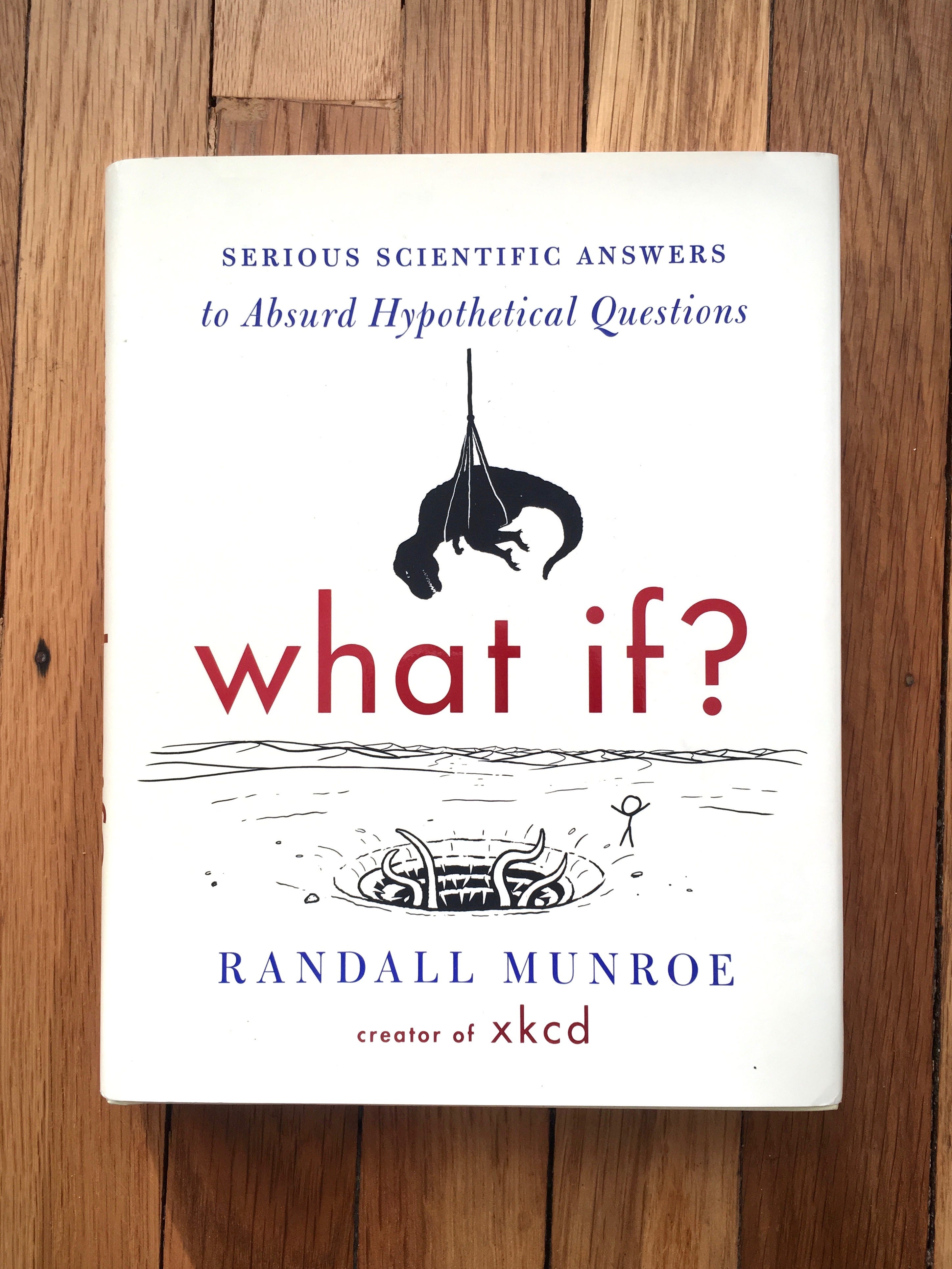
Books that are influencing my book
--
This is an incomplete, unordered list of books that I admire… and admit to stealing ideas and approaches from.


Sensible Software 1986–1999 by Gary Penn
An idiosyncratic book about an obscure British game studio. I love this book because it’s just… different. The text is brown, the margins are tiny, the callouts face the wrong way. But none of these are accidents. This book revels in being slightly off just like its subject matter was back in the day, and I admire that. The passion towards Sensible Software is obvious on every single page.
What do I want to borrow from this book: Casualness. Passion. Freedom to experiment with typesetting. The feeling that this book’s layout and style exist for this book only.


What if? Serious scientific answers to absurd hypothetical questions by Randall Munroe
This is a book that has a reason to love it right there in the title. What if? takes a goofy premise, goes to its extreme, but never stops respecting it — or its reader. This feels like a great adaptation of its original blog, including funny “rejected questions” callouts.
What do I want to borrow from this book: Humour. Consistency of tone (text + illustrations). Scientific rigor.


Time travel: A history by James Gleick
The writing here is almost poetic and I like the combination of scientific, literary, and mythical. I also love the book’s presentation — the cover, the slightly unusual size, the typography, and even the way bibliography is put together.
What do I want to borrow from this book: Elevation of subject matter through writing. Refined typography and typesetting. Not going “full academia.” Confident chapter titles.


The soul of a new machine by Tracy Kidder
The first technology book I read where the technology takes back seat to people working on it or using it.
What do I want to borrow from this book: Focus on people. Measured pace.


The power broker by Robert Caro
It left me breathless. It reshaped my career. It made me go on an amazing road trip.
What do I want to borrow from this book: Long-zoom storytelling. Also, these engrossing bits of literary non-fiction (like the description of Battery Park).


The information by James Gleick
Comprehensive, tackling complicated material, but never boring.
What do I want to borrow from this book: All of the above.


10 PRINT CHR$(205.5+RND(1)); : GOTO 10 by many people
This is an academic book, and I find it a bit too academic at times… but I love both its ultra-elegant graphic exterior (harking back to the 8-bit graphics its talking about, but not being suffocated by it), and taking one obscure subject and looking at it from many different angles. (The book is available in its entirety as a free PDF.)
What do I want to borrow from this book: Deep exploration of a subject. Visuals.


The bridge by Gay Talese
A great book striking a really hard balance between the monumental vision of a monumental bridge, and the individual people working hard on putting that bridge together.
What do I want to borrow from this book: Focus on people. Perfect balance between the moving words and the gorgeous photography.


Shady characters by Keith Houston
Another great blog-to-book transition. Wonderful, deep, never-boring journeys into deep minutiae of typography — and playful typesetting that pays homage to them.
What do I want to borrow from this book: Taking a simple idea far without losing one’s bearings. Thoughtful typography.


I am cheating here a bit, because I’m referring to Sneakers the movie, not the book. The movie might have been the first instance of something I encountered that was ostensibly talking about technology, but really first and foremost cared about people. And it managed to do well on both fronts: if you don’t know anything about cryptography, you will still enjoy it as a masterfully-made caper movie… but you can also pick up a lot about hacking and technology along the way, since what happens in Sneakers is thoroughly researched and surprisingly accurate.
What do I want to borrow from this movie: Attention to tech while not losing sight of people. Attention to people while not losing sight of tech. Lightheartedness.


Core memory by Mark Richards
This is a coffee table book about computers. I didn’t know it made sense to photograph computers before I saw it. It inspired me to grab my camera and head out to the Computer History Museum myself.
What do I want to borrow from this book: Not sure how much freedom I’d have to do great keyboard photography, but I would like to at least try.


Sweating bullets by Robert Gaskins
This book was a great accidental discovery. The cover doesn’t promise much, but this volume is amazing in its depth and reflection. Turns out the story of PowerPoint is a great business case, a startup story, a design tale, and an unknown snippet of computing history, all at once.
Sweating bullets has been written by the inventor of PowerPoint, but this is not a self-published memoir book written Because Ego. My mind was blown so many times by all the context provided, and all the thoughtfulness. (You can download the book for free on author’s page.)
What do I want to borrow from this book: Depth. Context. Details. Unpretentiousness.


Instant: The story of Polaroid by Christopher Bonanos
I have not actually read this! But I love the balance between words and photos here.
What do I want to borrow from this book: Exactly that.
Updated June 2018. Am I missing anything? Let me know!
Thanks to Kawandeep Virdee, conversations with whom clarified a lot of the details above. Read more about the Shift Happens book, or stay in touch:

